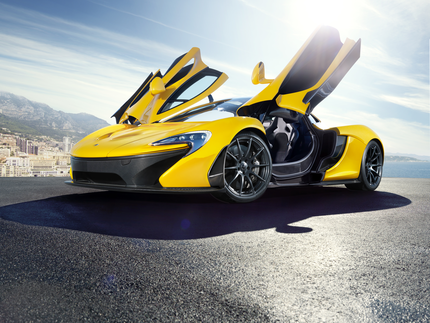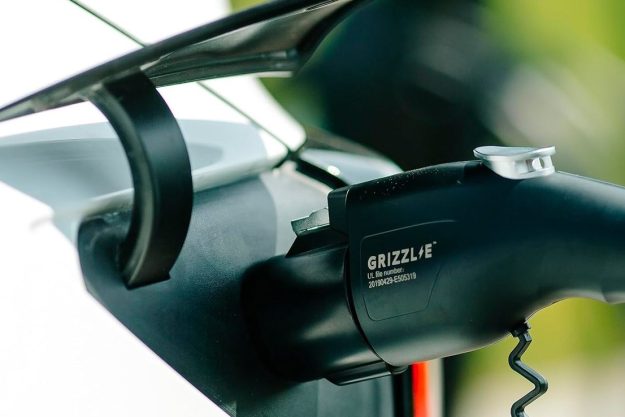 Following its debut in Geneva, we’re learning more about the ground breaking technology features on the McLaren P1 – a few even banned by Formula 1. And now, McLaren has posted a video (below) of the car being driven with gusto by a “qualified” driver.
Following its debut in Geneva, we’re learning more about the ground breaking technology features on the McLaren P1 – a few even banned by Formula 1. And now, McLaren has posted a video (below) of the car being driven with gusto by a “qualified” driver.
But first, an overview of the goodies helping hustle the supercar through the curves.
In addition to the 903 horsepower and 633 lb.-ft. of torque from the 3.8-liter, twin-turbocharged V8 engine and electric motor hybridized powerplant, the P1 “hypercar” features an active aerodynamic and adjustable suspension – both outlawed in Formula 1, due to the performance advantage they’re perceived to give a vehicle.
The system optimizes airflow around the body through the use of an active wing and underbody devices. The adjustable rear wing, inspired by Formula 1 design, can extend from the body through the use of an active wing. Underbody aero devices extend by 120 mm on the road and up to 300 mm on the race track, maximizing the level of down force.
The McLaren also features an adjustable ride and height as part of the new hydro-pneumatic suspension. The RaceActive Chassis Control (RCC) can lower the car by 50mm in Race mode, to produce ground effect dynamics that stiffens the spring rates by 300 percent in Race mode, enabling the car to corner at more than 2g.

Even the body of the McLaren P1 is a revolutionary display of racing technology with a new carbon fiber “MonoCage” shell forming a complete structure incorporating the vehicle’s roof and its snorkel air intake.
Other P1 tech features include layered carbon ceramic brakes; an instant power assist system used on Formula 1 cars that gives the McLaren P1 extra power and straight line speed at the touch of a button; and brake steer feature (also outlawed by Formula 1) that improves the car’s cornering capabilities.
In this video posted by McLaren, race car driver Sergio “Checo” Perez rallies a camo’d P1 around the runways and turns of an airport in England.


